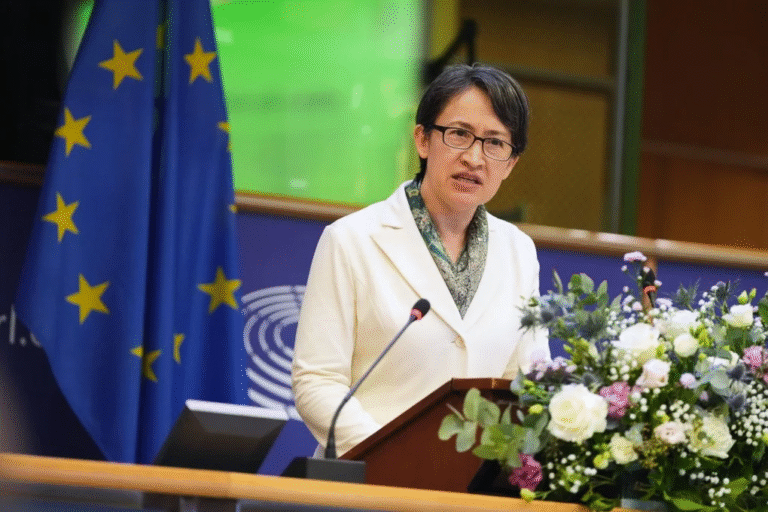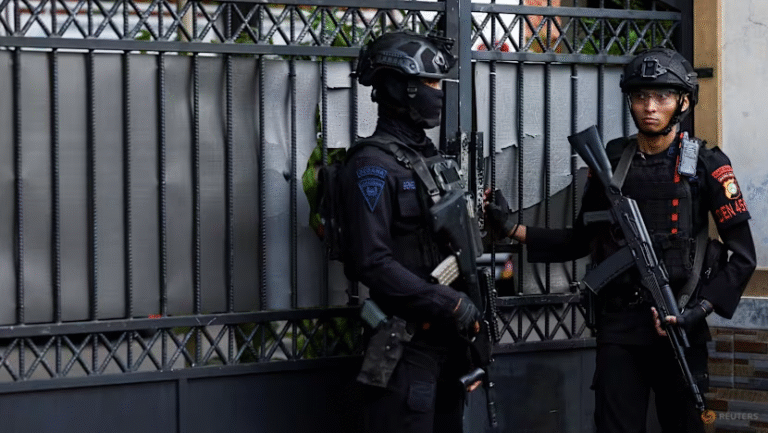
About 5,000 Philippine and United States Soldiers launched Salaknib 2025 in late March. The 10th iteration of the annual exercise focuses on combined, joint all-domain operations, enhancing warfighting capabilities and reinforcing a commitment to safeguard the Philippines’ territorial integrity, Philippine Army spokesperson Col. Louie Dema-ala told The Manila Times.
Salaknib kicked off in the Philippines amid rising tensions in and around the South China Sea, most of which Beijing illegally claims in defiance of a 2016 international tribunal ruling that invalidated the territorial assertions. China Coast Guard and maritime militia ships repeatedly block, harass and even ram Philippine Coast Guard and civilian fishing vessels inside Manila’s internationally recognized exclusive economic zone. Clashes have escalated in the past year as the Philippines continues a campaign to expose China’s illegal, coercive, aggressive and deceptive activities in the economically vital waterway.
The exercise, which takes its name from the word for resist in the Philippine language Ilocano, strengthens defense readiness and includes humanitarian assistance, information operations and counterintelligence training, according to The Manila Times.
In preparation, Philippine and U.S. troops undertook water filtration and road enhancement projects to support exercises and improve safety and accessibility for civilians and military personnel.

IMAGE CREDIT: STAFF SGT. TRISTAN MOORE/U.S. ARMY
Artillery training included calibrating each force’s weapons to improve technical precision and deepen interoperability, which strengthens the ability to deliver coordinated, effective fires.
“Combined training with other nations builds many relationships,” U.S. Army Staff Sgt. Roe Daneyel Baluyut said. “Working hand in hand, helping each other with our equipment and maneuvers, is essential to mission success.”
Philippine and U.S. Soldiers also rehearsed upholding artillery effectiveness in environments where communication is degraded or denied. “Exercises like this prepare both armies for a better understanding of how each sustain and execute artillery operations,” said U.S. Army Sgt. Anthony Resendiz. “We give them the best knowledge that we have from our books, and they give us the best knowledge from theirs.”

IMAGE CREDIT: SGT. CHRISTOPHER SMITH/U.S. ARMY
Salaknib’s first phase is from March 24-April 11 and the second from May 15-July 20. The Philippines-hosted multilateral exercise Balikatan — a Tagalog word meaning shoulder to shoulder — begins in April, ensuring a continuous training series dubbed Sabak 2025.
“Sabak is a Filipino word that is difficult to translate but is best expressed through action. It’s cracking your knuckles to prepare for a fight, rolling your sleeves or making a fist,” Philippine Army exercise director Brig. Gen. Michael Logico said during the Salaknib opening ceremony. “You are telling your opponent you are ready to fight without even saying a word.”
Such combined activities solidify the Army’s response to evolving threats and uphold the nation’s land defense, Dema-ala said.
The training across the Philippine archipelago in 2025 features expert exchanges, flight drills and live-fire exercises with enhanced Philippine-U.S. cooperation.
“It reinforces our collective efforts to build on past exercises while evolving and modernizing our approach to interoperability, and most importantly, our commitment to ensuring a stable Indo-Pacific region,” U.S. Army Brig. Gen. Jon Velishka said.
Meanwhile, the U.S. pledged to deploy more advanced capabilities to the Philippines, including an anti-ship missile system and uncrewed surface vehicles during Balikatan, Defense Secretary Pete Hegseth announced in late March after meeting with Philippine Defense Secretary Gilberto Teodoro.
The longtime allies also agreed to conduct bilateral special operations training in the northernmost Philippine province of Batanes, about halfway between the Philippines and Taiwan.





